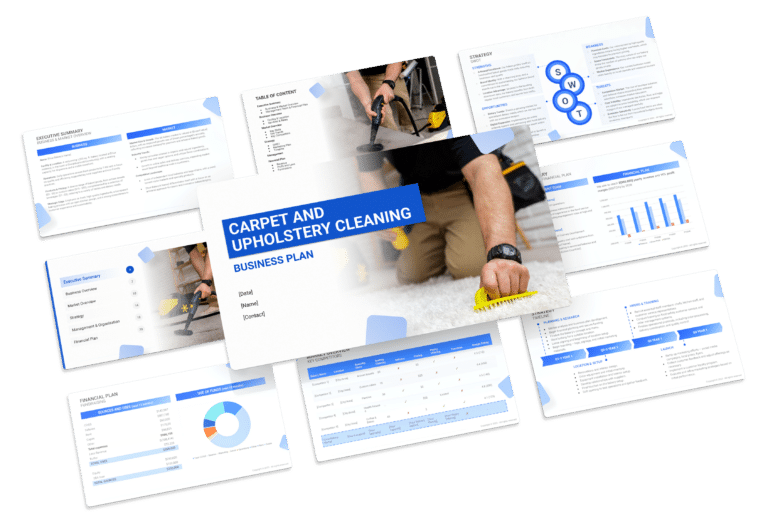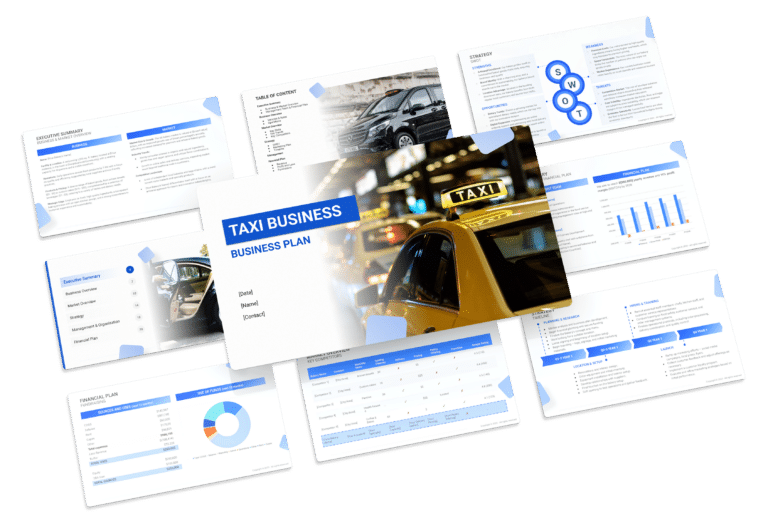How to Prepare a SWOT for a Plumbing & HVAC Business

“Crafting a business plan for a Plumbing & HVAC company necessitates a thorough SWOT analysis. SWOT, denoting Strengths, Weaknesses, Opportunities, and Threats, facilitates a holistic examination of internal and external factors impacting the business. Internal strengths and weaknesses are juxtaposed with external opportunities and threats to derive strategic insights.
This analysis aids in pinpointing avenues for growth and enhancement, offering indispensable guidance for plumbing and HVAC businesses to navigate a dynamic market. Strengths, such as certified technicians and a loyal customer base, are balanced against weaknesses like outdated equipment or limited marketing efforts.
This article explores a range of examples, providing business owners with actionable insights for seamlessly integrating SWOT analysis into their plans.

Strengths
Plumbing & HVAC services are foundational to modern living, and their strengths lie in their indispensable role in maintaining comfortable and functional spaces.
- Essential Services for Comfort and Safety: Plumbing & HVAC services provide essential solutions for maintaining comfortable indoor temperatures and ensuring safe water supply.
- Example: Offering routine maintenance packages ensures proactive identification and resolution of potential issues, enhancing customer satisfaction and loyalty.
- Skilled and Certified Professionals: The industry is supported by skilled professionals with certifications, ensuring high-quality services.
- Example: Highlighting certifications and ongoing training programs in marketing materials builds trust and emphasizes the team’s expertise.
- Diverse Service Offerings: Plumbing & HVAC companies often provide a range of services, from repairs and installations to energy-efficient upgrades.
- Example: Promoting bundled service packages, such as combining HVAC system installations with plumbing inspections, attracts clients seeking comprehensive solutions.
- High Demand for Emergency Services: The unpredictable nature of plumbing and HVAC issues results in a consistent demand for emergency services.
- Example: Implementing a 24/7 emergency service hotline and advertising quick response times in marketing materials positions the business as a reliable emergency solution.
Weaknesses
Identifying weaknesses allows Plumbing & HVAC businesses to address potential challenges and enhance overall service quality.
- Dependency on External Suppliers: Reliance on external suppliers for equipment and materials may lead to delays and impact project timelines.
- Example: Establishing strong relationships with reliable suppliers and maintaining backup inventory levels mitigate the risk of material shortages.
- Seasonal Fluctuations in Demand: The demand for certain services may experience seasonal fluctuations, affecting overall business revenue.
- Example: Offering offseason promotions, such as discounted HVAC system installations during the winter months, helps maintain a steady flow of projects.
- Intensive Competition: The industry is competitive, with numerous local and national players vying for clients’ attention.
- Example: Investing in targeted marketing campaigns that showcase unique service offerings, such as specialized eco-friendly plumbing solutions, differentiates the business.
- Vulnerability to Economic Downturns: Economic downturns may lead to reduced spending on non-essential services, impacting the demand for plumbing and HVAC projects.
- Example: Implementing flexible payment plans and offering discounts for bundled services during economic downturns maintains client interest and encourages project engagement.
Opportunities
Identifying and capitalizing on opportunities is crucial for Plumbing & HVAC businesses aiming for growth and adaptability.
- Energy-Efficient Upgrades and Green Solutions: The growing focus on sustainability opens opportunities for providing energy-efficient upgrades and green plumbing solutions.
- Example: Marketing energy-efficient HVAC systems, smart home integration, and water-saving plumbing solutions aligns with eco-conscious consumer trends.
- Technological Advancements and Smart Systems: Embracing smart home technologies and integrating them into Plumbing & HVAC services caters to the demand for tech-savvy solutions.
- Example: Offering smart thermostats, leak detection systems, and app-controlled plumbing features enhances the business’s technological appeal.
- Partnerships with Home Builders and Renovators: Forming partnerships with home builders and renovators creates opportunities for involvement in new construction and renovation projects.
- Example: Collaborating with local home builders to provide plumbing and HVAC services for new constructions showcases the business’s expertise in large-scale projects.
- Maintenance Subscription Plans: Offering subscription-based maintenance plans ensures a steady income stream and strengthens customer relationships.
- Example: Introducing annual maintenance subscription plans with added benefits, such as priority service and exclusive discounts, fosters customer loyalty.
Threats
Anticipating and mitigating threats is crucial for Plumbing & HVAC businesses to ensure resilience and sustainability in a dynamic market.
- Fluctuating Energy Prices: The volatility of energy prices may impact consumer spending on energy-intensive HVAC systems.
- Example: Educating clients about long-term cost savings with energy-efficient systems and offering financing options mitigates concerns about upfront costs.
- Regulatory Changes and Compliance Challenges: Evolving regulations related to environmental practices and safety standards may pose challenges.
- Example: Staying informed about and adhering to changing regulations, conducting regular staff training on compliance, and showcasing certifications in marketing materials ensure adherence.
- Rising Costs of Materials and Labor: Fluctuations in the costs of materials and labor may impact profit margins.
- Example: Implementing cost-effective procurement strategies, exploring bulk purchasing discounts, and negotiating favorable labor contracts help manage expenses.
- Online Reviews and Reputation Management: Negative online reviews can influence potential clients, emphasizing the importance of proactive reputation management.
- Example: Implementing a robust customer feedback system, addressing negative reviews promptly, and showcasing positive testimonials in marketing materials build and maintain a positive online reputation.





